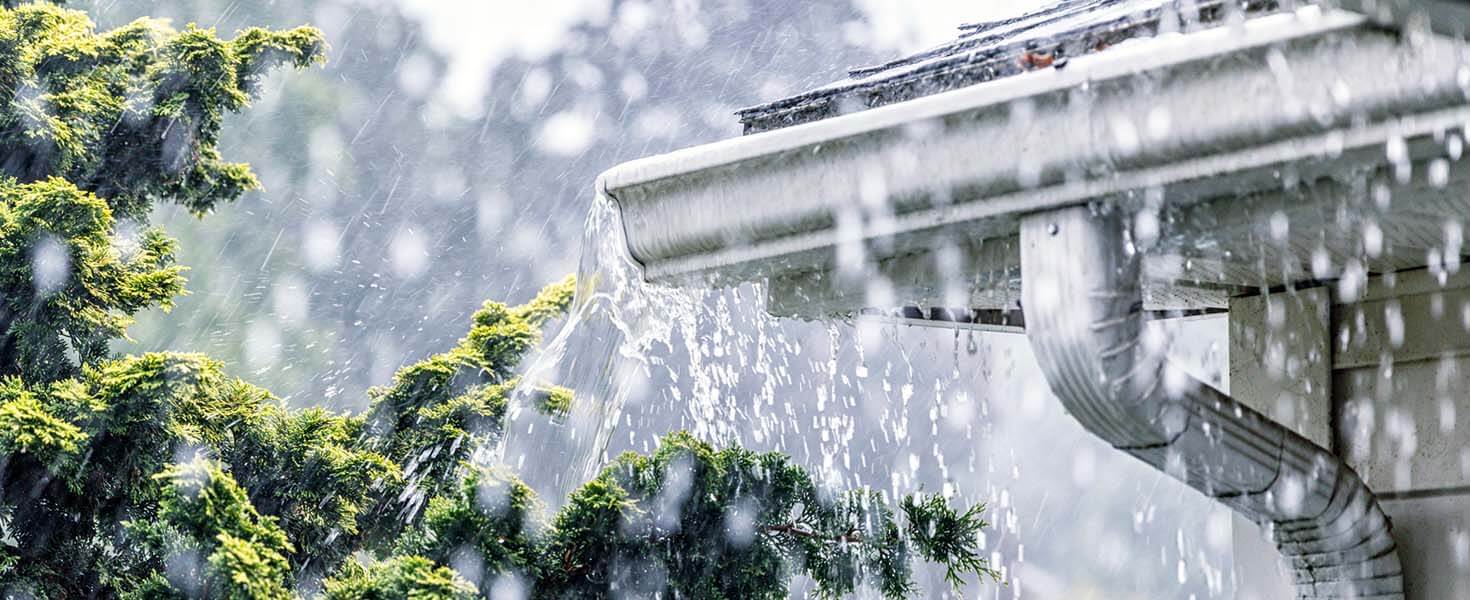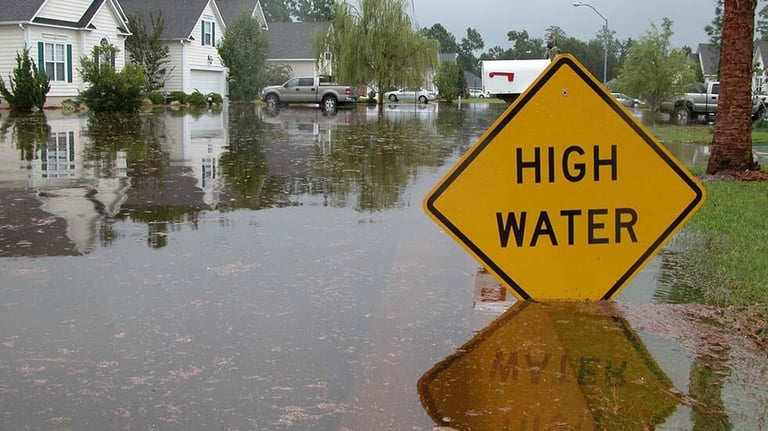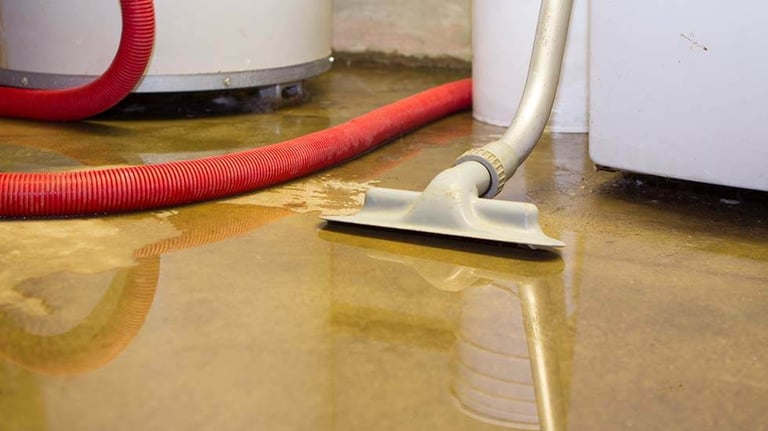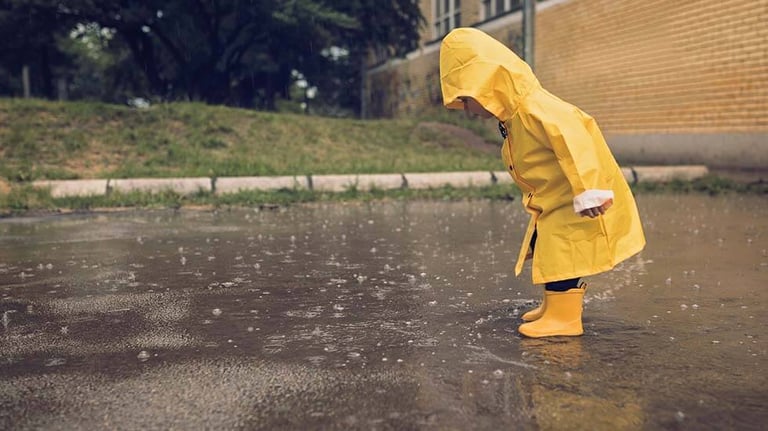Flood Insurance FAQ: What You Need to Know
Why you might need it even if you don’t live near water

Though some areas are more susceptible than others, heavy rains and flash floods should be a concern for many of us. Are your home and belongings protected with flood insurance?
Brush up on your knowledge of flood insurance with the answers to these frequently asked questions.
Do I need flood insurance if i have homeowners or renters insurance?Short answer: Yes. Homeowners insurance does not cover flood damage.
Longer answer: In the 1960s, after a series of floods along the Mississippi River,flooding was viewed as an uninsurable risk, and many private homeowners insurance companies pulled out of offering coverage for flood damage. Thus, the National Flood Insurance Program was born. The program provides federally backed flood insurance to certain communities participating in the program. If your community doesn’t participate in the program, you can’t buy a policy through the NFIP, but you may be able to buy a policy through a private insurance company.
Check theNFIP Community Bookto see if your town or city participates in the program.

Do I need flood insurance if I don’t live near water?
If you don’t live in a special flood hazard area that has a 1 in 4 chance of flooding within a 30-year period, you’re not federally required to have flood insurance. However, your mortgage lender may still require you to have it. And, according to the Federal Emergency Management Agency, more than 20 percent of flood claims come from properties outside high-risk flood zones. So, though you may not be required to have flood insurance, it’s still recommended as floods can happen anywhere.
CheckFEMA’s interactive Flood Mapto find out whether you live in a high-, moderate- or low-risk flood zone.

What exactly does flood insurance cover?
In general, flood insurance protects your home from damage done by rising waters, inundation (what happens when water covers normally dry land) and mudflows (when floodwater mixes with mud). It covers the cleanup, debris removal, and repairs necessary after a flood.
You can insure your house for up to $250,000 with building property coverage and your belongings for up to $100,000 with personal property coverage, which must be purchased separately.
What doesn’t flood insurance cover?
Knowing what isn’t covered is as important to understanding flood insurance as knowing what is covered.
Flood insurance doesn’t cover damage that affects property and belongings outside the home, including trees, walkways, pools, decks and patios, fences, septic systems, and the like. In furnished areas below ground level, insurance coverage doesn’t include paneling, bookcases, window treatments, carpeting and other floor coverings, drywall for walls and ceilings, and personal property such as clothing, electronic equipment, kitchen supplies, and furniture.
Coverage for basement and crawlspace damage is pretty limited.Click here for a detailed summary of what is and isn’t covered by both building property and personal property coverage through the NFIP.
Policyholders should also be aware of the “earth movement” or “long-term differential movement” clause. Loss of property caused by earth movement, even if due to a flood, isn’t covered. That means your policy may exclude damage caused by landslides, sinkholes, or movement of land due to water accumulation or gradual erosion.

What should i do before a flood?
If you have flood insurance, take pictures of your property to document the condition of your home before any damage is done. Photograph the house, the foundation, the interior and exterior walls, and each room inside to avoid a dispute over whether the damage was pre-existing. The Federal Emergency Management Agency recommends that you keep a file of these photos along with a copy of your insurance policies, plus serial numbers and receipts for major appliances and electronics.
If you don’t have flood insurance, first ensure that your community participates in the NFIP, then talk to an insurance agent about your options. Keep in mind that there is a 30-day waiting period to purchase flood insurance, so you can’t wait until just before a storm (home closings where it is required by the lender are an exception).
What should I do after a flood?
First, call your insurance agent or insurance company. Make a list of damaged or lost items and include receipts if possible. Take pictures of the damage after the flood, before any cleanup or debris removal.
